Growing celery in your garden can be a bit of a challenge, but the satisfaction of enjoying a crisp and juicy stalk straight from your backyard is well worth the effort.
As with any plant, celery has specific preferences when it comes to its neighbors.
Some plants can inhibit its growth or even attract pests, so it’s essential to know which ones to avoid.
In this article, I’ll share my personal experiences and discuss 15 plants you should avoid growing next to your celery to ensure a thriving garden.
1. Potatoes

Planting potatoes near celery isn’t the best idea.
These two plants have different nutrient requirements, with potatoes being heavy feeders that can deplete the soil of nutrients that celery needs.
Moreover, potatoes can attract pests like Colorado potato beetles, which may then move on to your celery plants.
It’s wise to plant them separately to ensure they both have the best chance to thrive.
2. Carrots
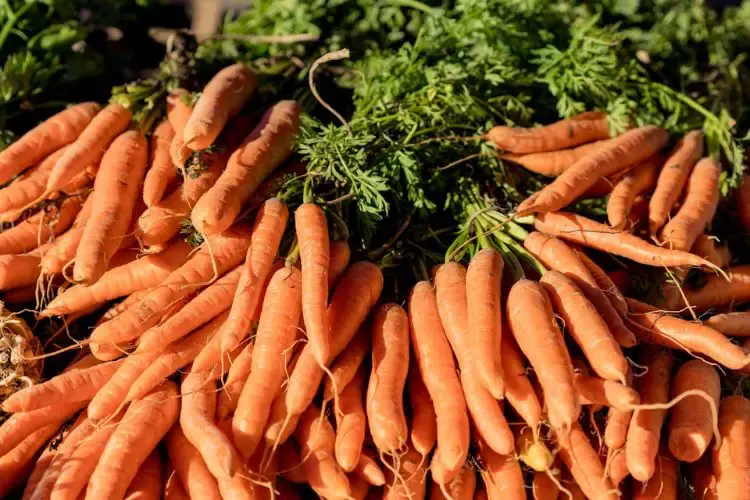
While carrots and celery may be a classic pairing in the kitchen, they aren’t great companions in the garden.
Carrots can attract pests like carrot rust flies and carrot weevils, which can then infest your celery plants.
Additionally, carrots and celery both have extensive root systems that can compete for water and nutrients.
To keep both plants healthy, it’s best to plant them in separate areas.
3. Dill
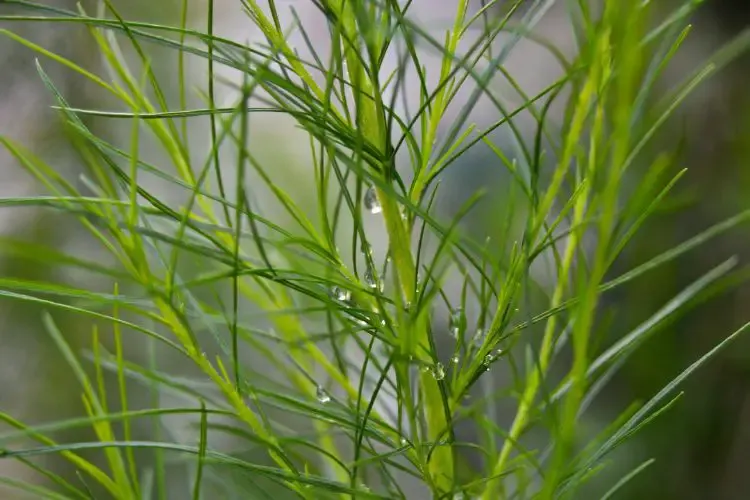
Dill, while beneficial for many plants, can inhibit the growth of celery.
This herb releases compounds that can stunt the growth of nearby plants, including celery.
To ensure a healthy celery patch, plant dill in a separate area of your garden.
4. Fennel
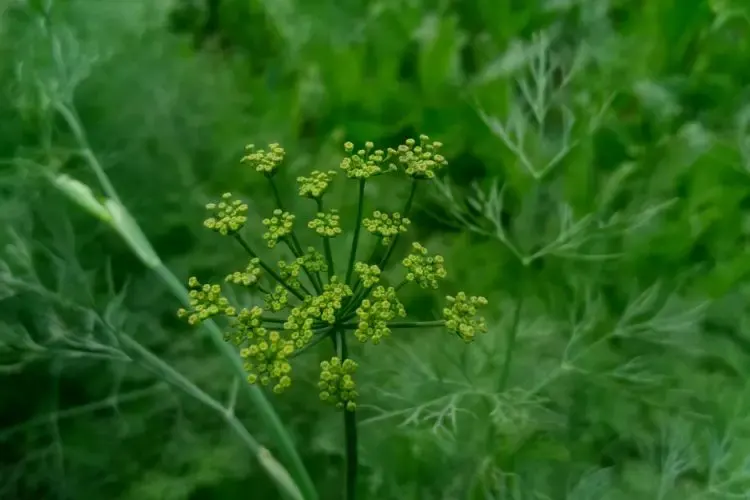
Fennel is another poor companion for most plants, including celery.
Like dill, fennel releases compounds that can inhibit the growth of nearby plants.
This allelopathic effect can lead to stunted growth and reduced yields for your celery plants.
Keep fennel far away from your celery to ensure a successful harvest.
5. Parsnips
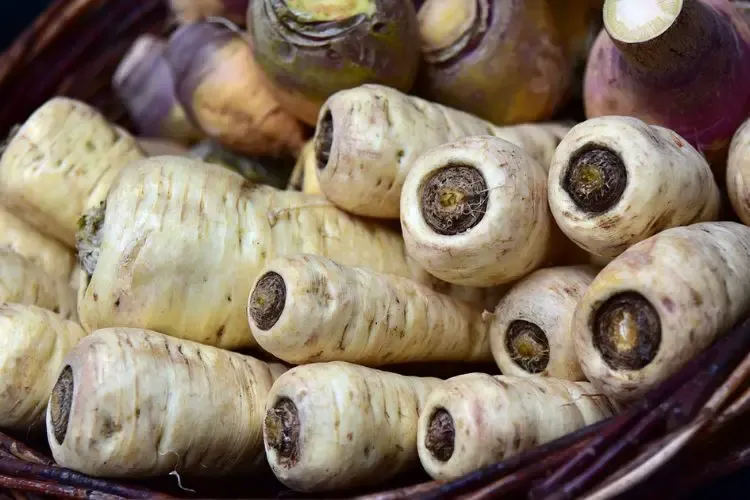
Parsnips can be detrimental to your celery plants due to their similar growing conditions.
Both plants have extensive root systems, which can compete for water and nutrients, potentially harming your celery plants.
Additionally, parsnips can attract pests that may also infest your celery.
To protect your celery, plant it away from parsnips.
6. Cabbage
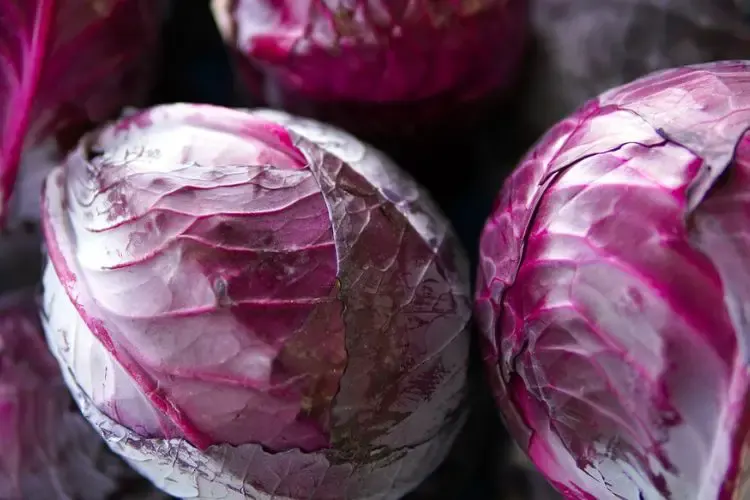
Cabbage and other Brassica family members like broccoli and cauliflower don’t make great neighbors for celery.
These plants can attract pests like aphids and caterpillars, which can then migrate to your celery and cause damage.
Furthermore, cabbage prefers more alkaline soil conditions, while celery thrives in slightly acidic soil.
By planting them together, it can be challenging to create the ideal environment for both types of plants.
7. Onions
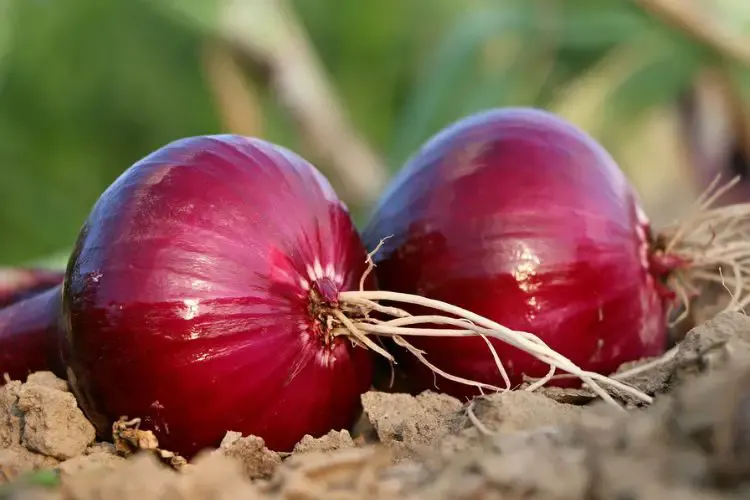
Onions and celery aren’t the best companions in the garden.
Onions can release compounds that inhibit the growth of other plants, including celery.
This allelopathic effect can lead to stunted growth and reduced yields for your celery plants.
Keep onions in a separate area of your garden to avoid any negative effects on your celery.
8. Garlic
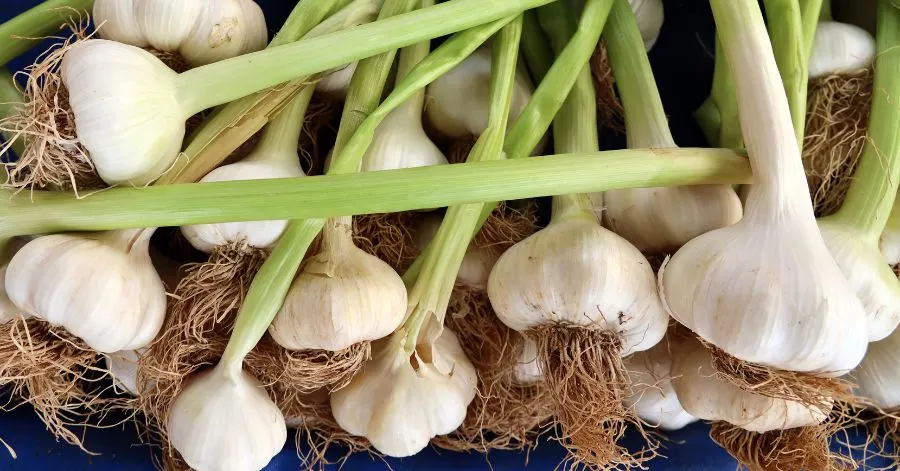
Garlic can be a fantastic companion plant for many vegetables, but it’s not a good choice for celery.
Like onions, garlic can release compounds that inhibit the growth of other plants, including celery.
To ensure your celery thrives, it’s best to plant them away from garlic.
9. Peas
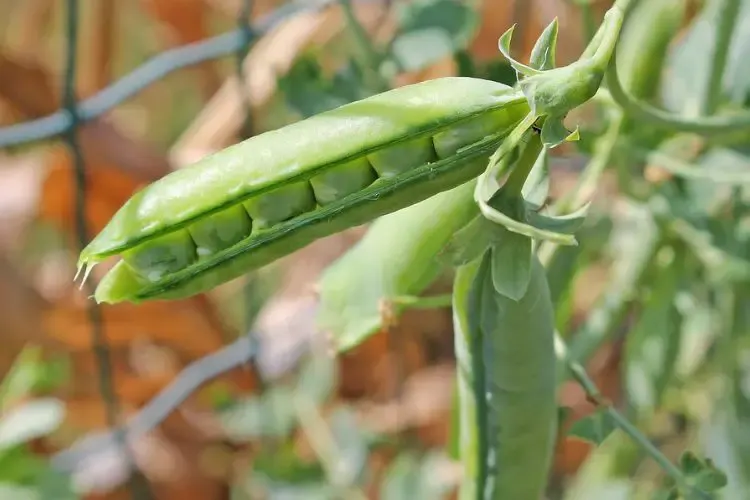
Peas and celery have different growing requirements, which can make it difficult to provide the proper care for both.
Peas are nitrogen-fixing plants, which means they can deplete the soil of nitrogen as they grow.
Celery, on the other hand, requires a steady supply of nitrogen to thrive.
When planted together, peas can take away valuable nutrients from celery, leading to stunted growth and reduced yields.
To avoid this, it’s best to plant peas and celery in separate areas of the garden or rotate them every season to prevent nutrient depletion.
10. Parsnip
Parsnip, like celery, is a member of the Apiaceae family and can attract the same pests and diseases.
Planting them near each other increases the chances of these problems spreading and affecting your celery plants.
Moreover, parsnips and celery have similar nutrient requirements, leading to competition for resources in the soil.
For a successful harvest, give your celery and parsnips their separate spaces in the garden.
11. Dill
Dill can be a good companion for many plants, but it’s not the best match for celery.
Dill attracts pests like aphids and spider mites, which can then move on to your celery plants and cause damage.
Additionally, dill releases compounds that can inhibit the growth of nearby plants, including celery.
For a healthy and thriving garden, plant dill away from your celery.
12. Mint

Mint is another herb that can be invasive and aggressive in the garden.
Mint’s vigorous growth can compete with your celery for water, nutrients, and space, leading to stunted growth and reduced yields.
If you want to grow mint, consider planting it in a container or a separate area of your garden to prevent it from overtaking your celery.
13. Sunflowers
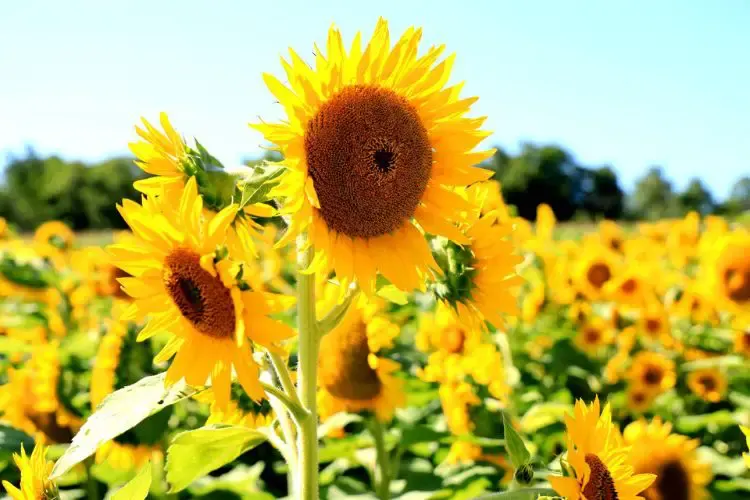
Sunflowers can add beauty to any garden, but they’re not the best companion for celery.
Sunflowers are tall and can cast shade on your celery plants, limiting their sun exposure and slowing their growth.
Additionally, sunflowers have large, aggressive root systems that can compete with celery for water and nutrients in the soil.
To avoid any negative impact on your celery, plant sunflowers in a separate area of your garden.
14. Grapes

Grapes, like many fruiting plants, can attract a range of pests and diseases that can also affect your celery.
Additionally, grapes have extensive root systems that can compete with celery for water and nutrients in the soil, leading to reduced yields for both plants.
To maintain a healthy garden, plant your celery away from grapevines.
15. Tomatoes
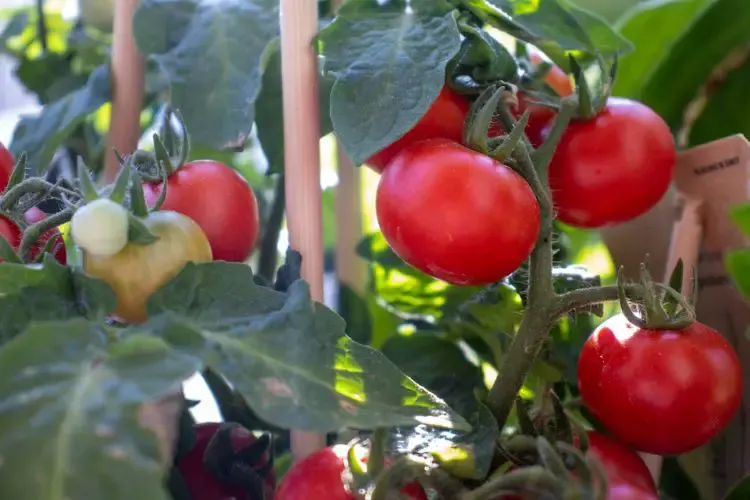
Tomatoes, like celery, are members of the Apiaceae family and can attract the same pests and diseases.
Planting them near each other increases the chances of these problems spreading and harming both crops.
Moreover, tomatoes and celery have different watering requirements, making it challenging to provide the proper care for both.
To ensure a bountiful harvest, plant your tomatoes and celery separately.
Final Thoughts
Growing celery can be a rewarding experience, but it’s essential to choose their companions wisely.
By avoiding the plants mentioned above, you can help your celery thrive and enjoy a bountiful harvest.
Remember that the key to a healthy garden is diversity, so make sure to include a variety of plants that support and complement each other.
Happy gardening!
